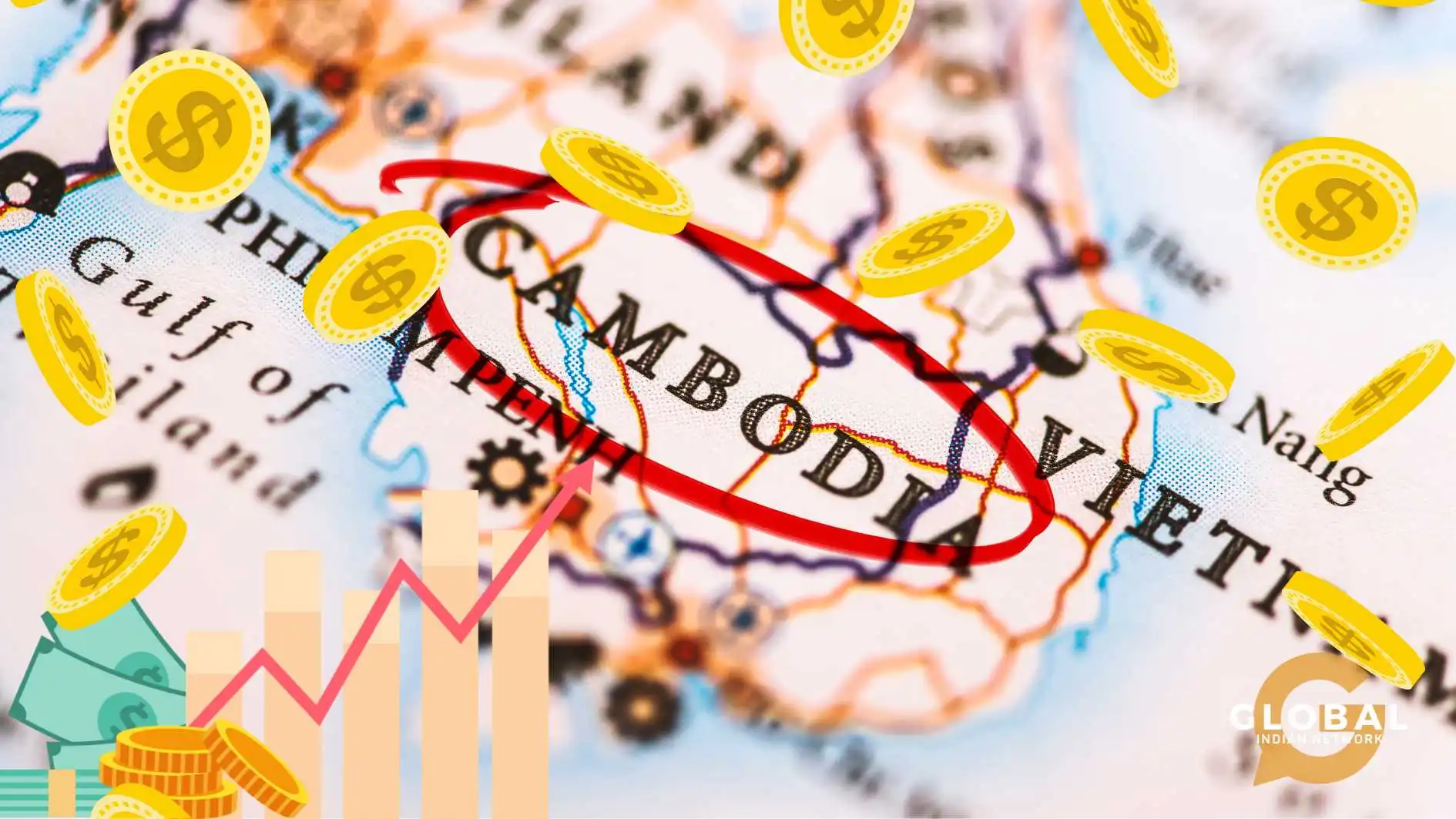Cambodia’s Special Economic Zones (SEZs) have emerged as pivotal engines of economic transformation, catalyzing foreign investment and industrial diversification. Strategically positioned and bolstered by investor-friendly policies, these zones have attracted multinational corporations, stimulating manufacturing growth and export expansion.
From textiles to electronics, the economic zones in Cambodia have broadened Cambodia’s industrial base, creating employment opportunities and enhancing global trade integration. Currently, there are industries such as furniture manufacturing, veneer wood, wood products, and automotive products, including heavy industries like car-tire factories, located in these 24 currently operational SEZs operating under the authority of the Cambodia Special Economic Zone Board under the umbrella Council for the Development of Cambodia (CDC).
Table of Contents
The Rise of Special Economic Zones in Cambodia
Since the implementation of the SEZ law in 2006, Cambodia has established 24 operational SEZs, attracting $8 billion in capital investments. These economic zones in Cambodia have become magnets for foreign direct investment (FDI), particularly from foreign investors like China, Japan, and South Korea, drawn by Cambodia’s competitive labor costs, strategic location, and favorable trade agreements. Notably, the Sihanoukville Special Economic Zone (SSEZ) and the Royal Group Phnom Penh Special Economic Zone have been instrumental in this growth, with SSEZ alone contributing $1.49 billion in exports in 2024.
These SEZs provide businesses within each zone with a number of fiscal incentives, including income tax, customs procedures, and VAT benefits. They are designed to offer a one-stop service for imports and exports and have specially trained government officials stationed on-site to provide administrative services.

Industrial Diversification and Economic Impact
Initially dominated by the garment sector and footwear manufacturing, the economic zones in Cambodia are now witnessing a shift towards more diverse industries because of technological advancements. Investment capital is increasingly flowing into electronics, automotive components, and renewable energy sectors. This diversification is evident in the establishment of tire manufacturing plants and electronic factories within various SEZs, signaling a move towards higher-value production and reduced reliance on traditional industries.
SEZs have significantly contributed to employment, with over 180k workers employed across multitudes of factories and companies. These zones have not only provided jobs but also facilitated skill development and technology transfer, enhancing the overall economic growth and productivity of the Cambodian workforce. The value of international trade from export markets from SEZs has seen a substantial increase, accounting for 24% of Cambodia’s total exports by mid-2023, up from just 4% in 2011.
Infrastructure and Policy Support
The Cambodian government officials have played a crucial role in supporting SEZ development through infrastructure investments and policy reforms. The construction of the Phnom Penh-Sihanoukville Expressway and the development of deep-sea ports have improved logistics and connectivity. Additionally, the government offers financial incentives such as VAT exemption, tax holidays, and streamlined administrative procedures to attract the majority of investors from international companies.
Future Prospects
There were ten new Special Economic Zones established in 2024, with a total registered capital of approximately $850 million. The Kingdom’s attractiveness lies in its political stability, positive business environment, strong economic growth, abundant labor force, and modern infrastructure.
Looking ahead, Cambodia plans to expand its SEZ network, with new zones targeting specific industries and investor countries. The proposed Funan Techo Canal, a $1.2 billion project financed through a Cambodia-China partnership, aims to enhance maritime trade routes, further boosting the appeal of SEZs. Moreover, the national government’s focus on green technology and digital sectors indicates a strategic shift towards sustainable and knowledge-based industries.
Conclusion
The special economic zones in Cambodia, therefore, have been instrumental in attracting foreign investment and driving industrial growth and economic development. By promoting a conducive environment for diverse industries and enhancing infrastructure, the quintessential concept of SEZs has transformed Cambodia into a competitive light manufacturing hub.
As the country continues to diversify its economy and invest in sustainable development, SEZs will remain central to its economic strategy, offering opportunities for innovation, employment, and increased global integration through foreign exchange. The continued success of these zones will depend on adaptive policies, infrastructure development, and a commitment to inclusive growth.










